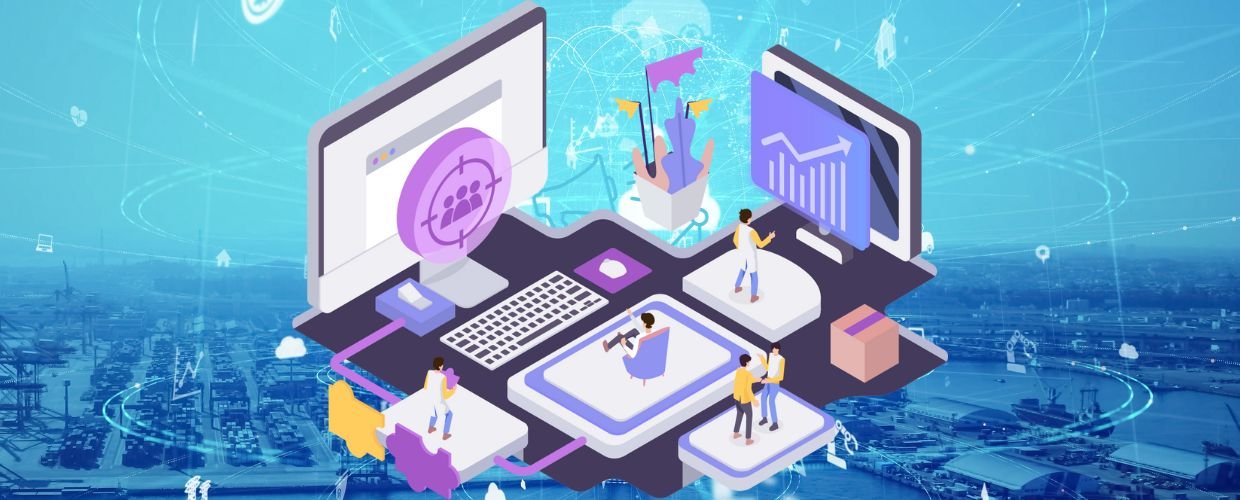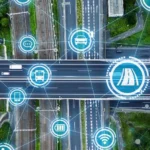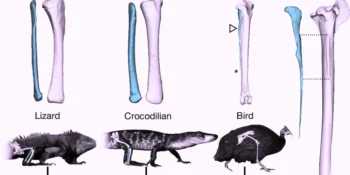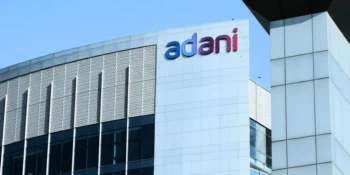Traffic management systems represent a pivotal evolution in the realm of transportation. In a world where urbanization, population growth, and the need for efficient mobility are paramount, these systems have emerged as indispensable tools in optimizing traffic flow, reducing congestion, and enhancing road safety. This comprehensive exploration delves into the realm of traffic management systems, uncovering their significance, applications across various sectors, and their transformative potential for a more efficient and organized future of transportation.
The Significance of Traffic Management Systems
Traffic management systems signify a paradigm shift in our approach to the complex choreography of vehicular movement. These systems employ many technologies and strategies to create a synchronized symphony of vehicles on our roadways. The significance of traffic management systems lies in their ability to alleviate congestion, enhance road safety, and streamline traffic flow in urban and rural areas.
Congestion Reduction and Efficiency
One primary benefit of traffic management systems is the substantial reduction of traffic congestion. Using real-time data, intelligent traffic signals, and adaptive traffic control algorithms, these systems can optimize traffic flow, reducing gridlock and travel time for commuters.
Road Safety Enhancement
Traffic management systems also play a pivotal role in enhancing road safety. Integrating surveillance cameras, smart sensors, and automated incident detection enables swift response to accidents, allowing for quicker roadway clearance and minimizing the risk of secondary incidents.
Pollution Mitigation
Efficient traffic management contributes to reduced emissions and environmental impact. By minimizing idling time and smoothing traffic flow, these systems help lower air pollution and decrease fuel consumption, aligning with sustainability objectives.
Techniques in Traffic Management Systems
Traffic management systems employ various techniques and technologies to orchestrate the movement of vehicles and maintain order on our roadways.
Intelligent Traffic Signals
Intelligent traffic signals utilize real-time traffic data and adaptive algorithms to adjust signal timings dynamically, ensuring traffic flows smoothly and efficiently. These systems can adapt to changing traffic patterns and reduce unnecessary stops, minimizing congestion.
Traffic Surveillance and Analytics
Traffic management systems rely on surveillance cameras and advanced analytics to monitor traffic conditions. This data allows operators to identify real-time congestion, incidents, and traffic violations, facilitating prompt responses.
Smart Traffic Control Centers
Centralized traffic control centers serve as the nerve centers of traffic management systems. These facilities coordinate traffic signals, monitor road conditions, and dispatch emergency services when needed, ensuring efficient traffic flow and safety.
Applications of Traffic Management Systems
Traffic management systems find applications across various sectors, each benefiting from the enhanced efficiency and safety they offer.
Urban Transportation
In urban areas, it alleviates congestion and improves public transportation systems’ overall efficiency. It, in turn, encourages more people to use public transit, reducing the number of private vehicles on the road.
Freight and Logistics
Freight companies employ traffic management systems to optimize delivery routes, minimize delays, and enhance the efficiency of logistics operations. It leads to cost savings and a reduction in greenhouse gas emissions.
Emergency Services and Incident Management
They are critical in facilitating rapid responses from emergency services. By identifying incidents and rerouting traffic, these systems help first responders reach their destinations faster, potentially saving lives.
Challenges and Ethical Considerations
While it hold immense promise, they also present challenges and ethical considerations that require careful attention.
Data Privacy and Surveillance
Collecting and using traffic data raises concerns about individual privacy and surveillance. Balancing the need for data to optimize traffic flow while protecting individuals’ privacy is an ethical consideration that must be addressed.
Equity and Accessibility
Efforts must be made to ensure that traffic management systems benefit all segments of society, irrespective of their socio-economic status. Equitable access to efficient transportation is a fundamental ethical consideration.
Vulnerability to Cyberattacks
As they become more connected, they become vulnerable to cyberattacks. Ensuring the cybersecurity of these systems is essential to maintain the safety and integrity of transportation networks.
The Future of Traffic Management Systems
They are poised to assume an even more substantial role in shaping the future of transportation, fostering efficiency, safety, and sustainability.
Connected and Autonomous Vehicles
As connected and autonomous vehicles become more prevalent, they must adapt to these advanced technologies. Coordination between vehicles and infrastructure will be essential for safe and efficient transportation.
Predictive Analytics and Machine Learning
The integration of predictive analytics and machine learning will further enhance the capabilities of traffic management systems. These technologies will enable more accurate predictions of traffic patterns and incidents, allowing for proactive traffic management and prevention.
Sustainable Transportation
It will play a crucial role in promoting sustainable transportation practices, including using electric vehicles and optimizing alternative modes of transportation such as biking and walking.
Conclusion
Traffic management systems are not just tools for optimizing traffic flow; they are the conductors of a more efficient and organized future of transportation. Their significance lies in their capacity to reduce congestion, enhance road safety, and promote sustainable transportation practices. Ethical considerations, data privacy, and equitable access must guide their development and deployment as they evolve.
They envision a future where traffic flows smoothly, road safety is paramount, and transportation is efficient and accessible to all. They are the architects of a future where order prevails in the chaos of transportation, leading us toward a more efficient and connected world of mobility.












